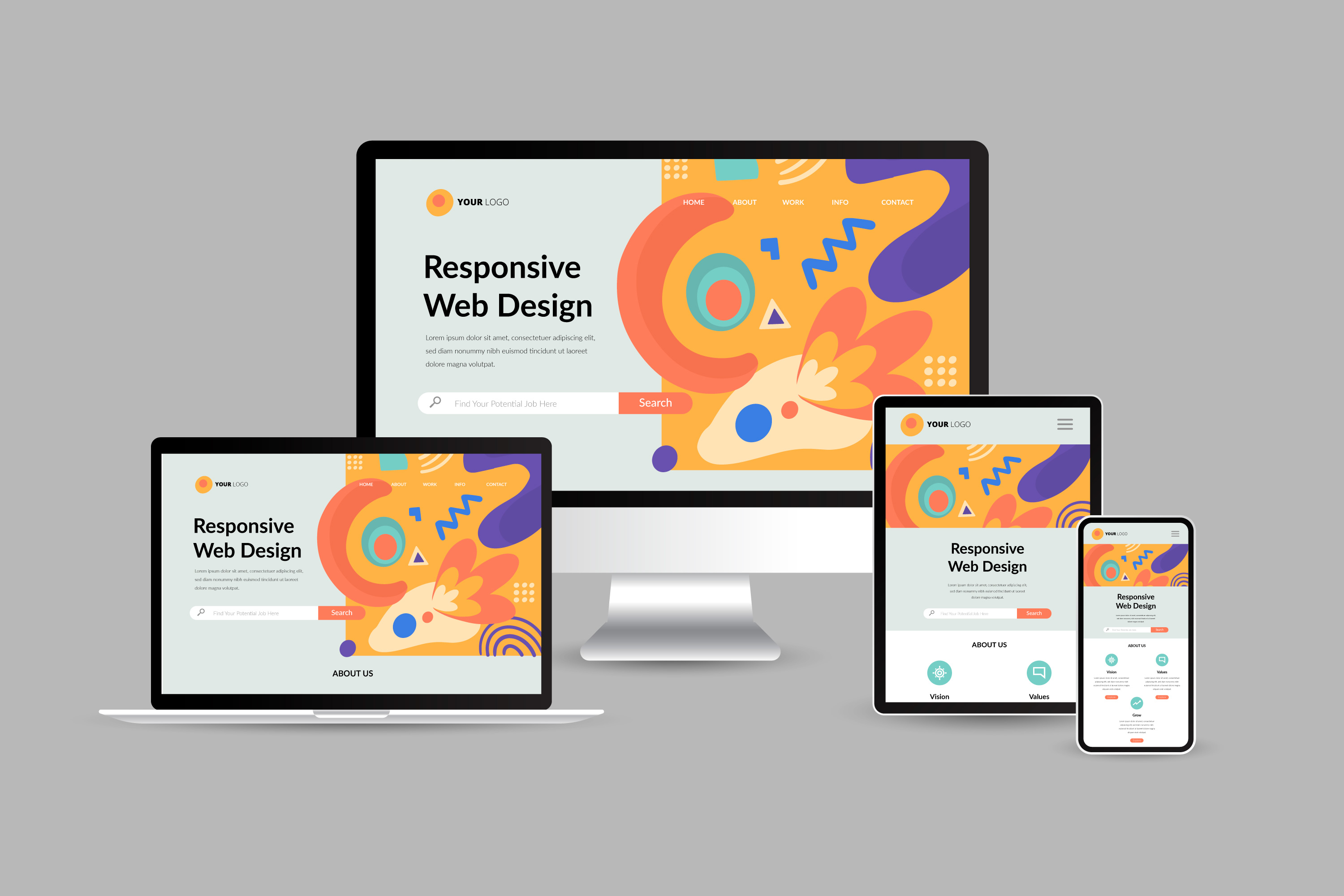Web Design Singapore Solutions to Enhance Your Business’s Online Presence
Top Trends in Internet Site Layout: What You Need to Know
As the landscape of website design continues to evolve, comprehending the most current patterns is crucial for developing reliable and appealing online experiences. Minimalism, dark setting, and mobile-first methods are among the key themes shaping modern-day layout, each offering special advantages in user engagement and capability. In addition, the emphasis on accessibility and inclusivity emphasizes the value of producing digital settings that satisfy all customers. Nevertheless, the implications of these patterns go beyond appearances; they stand for a change in how we regard individual interaction. What other variables are influencing these layout options today?
Minimalist Design Appearances
In recent times, minimal style visual appeals have actually become a leading pattern in website layout, emphasizing simplicity and capability. This approach prioritizes important web content and eliminates unnecessary aspects, therefore enhancing customer experience. By focusing on clean lines, adequate white room, and a limited color combination, minimal designs help with much easier navigating and quicker lots times, which are essential in keeping customers' focus.
Typography plays a considerable role in minimal style, as the option of font can stimulate specific feelings and assist the user's trip via the material. The tactical use of visuals, such as high-quality photos or subtle computer animations, can improve individual engagement without frustrating the general aesthetic.
As electronic areas remain to advance, the minimal design concept stays relevant, accommodating a diverse audience. Businesses embracing this pattern are frequently regarded as modern-day and user-centric, which can considerably affect brand name assumption in a progressively open market. Inevitably, minimalist layout visual appeals use an effective remedy for efficient and attractive website experiences.
Dark Mode Popularity
Accepting a growing fad among customers, dark mode has actually gotten substantial popularity in website style and application interfaces. This layout approach features a mostly dark shade palette, which not just enhances aesthetic appeal however likewise minimizes eye strain, particularly in low-light environments. Users significantly value the convenience that dark mode offers, resulting in much longer engagement times and a more satisfying surfing experience.
The fostering of dark mode is additionally driven by its perceived advantages for battery life on OLED displays, where dark pixels eat much less power. This functional advantage, incorporated with the stylish, modern look that dark themes provide, has led many developers to incorporate dark mode options right into their projects.
Moreover, dark setting can produce a sense of deepness and emphasis, accentuating key elements of an internet site or application. web design company singapore. Because of this, brands leveraging dark mode can boost individual communication and develop an unique identification in a congested industry. With the pattern proceeding to increase, including dark setting into website design is ending up being not just a choice yet a basic expectation amongst individuals, making it vital for programmers and developers alike to consider this facet in their jobs
Interactive and Immersive Elements
Often, developers are integrating interactive and immersive aspects into internet sites to improve user interaction and create remarkable experiences. This pattern reacts to the boosting expectation from individuals for more dynamic and customized communications. By leveraging features such as animations, video clips, and 3D graphics, web sites can draw users in, fostering a much deeper link with the material.
Interactive elements, such as tests, polls, and gamified experiences, urge visitors to proactively take part instead than passively eat details. This involvement not just maintains users on the site much longer yet additionally increases the possibility of conversions. Furthermore, immersive innovations like virtual fact (VIRTUAL REALITY) and augmented truth (AR) offer unique chances for businesses to display products and solutions in a much more engaging way.
The consolidation of micro-interactions-- little, refined computer animations that reply to individual actions-- also plays a crucial function in boosting functionality. These interactions give comments, enhance navigation, and create a feeling of satisfaction upon completion of jobs. As the digital landscape remains to evolve, using interactive and immersive components will certainly continue to be a considerable emphasis for developers intending to create engaging and effective online experiences.
Mobile-First Method
As the prevalence of mobile tools remains to rise, taking on a mobile-first approach has actually become necessary for web developers intending to optimize individual experience. This strategy highlights creating for mobile gadgets before scaling approximately larger screens, making certain that the core functionality and content are obtainable on one of the most commonly made use of system.
Among the main advantages of a mobile-first method is enhanced performance. By concentrating on mobile layout, web sites are streamlined, reducing load times and enhancing navigating. This is especially important as individuals expect rapid and receptive experiences on their smart devices and tablets.

Ease Of Access and Inclusivity
In today's electronic landscape, ensuring that internet sites are obtainable and comprehensive is not just a best technique but an essential requirement for getting to a varied audience. As the web continues to work as a main methods of interaction and commerce, it is important to acknowledge the varied demands of users, including those with impairments.
To accomplish real availability, web designers must follow established guidelines, such as the Web Content Ease Of Access Standards (WCAG) These guidelines highlight the significance of offering message alternatives for non-text material, making sure key-board navigability, and preserving a logical web content structure. In addition, inclusive design methods extend beyond conformity; they involve producing an individual experience that fits numerous capabilities and preferences.
Incorporating features such as flexible text dimensions, shade contrast alternatives, and display viewers compatibility not just enhances functionality for individuals with disabilities but also enhances the experience for all customers. Ultimately, focusing on ease of access and inclusivity fosters a much more fair electronic environment, urging broader participation and interaction. As organizations increasingly recognize the moral and financial imperatives of inclusivity, incorporating these principles into website design will become an indispensable aspect of successful online techniques.
Final Thought
